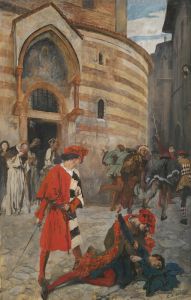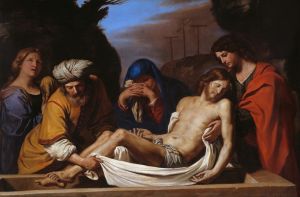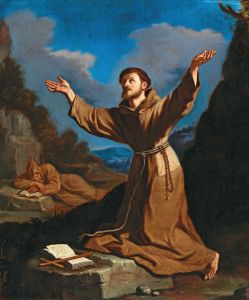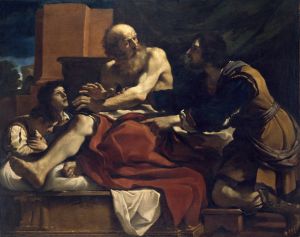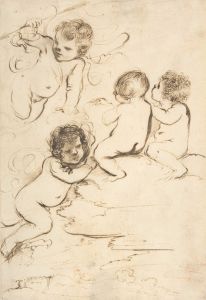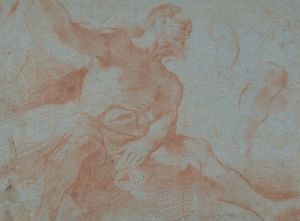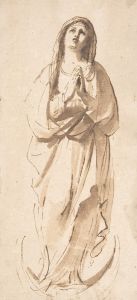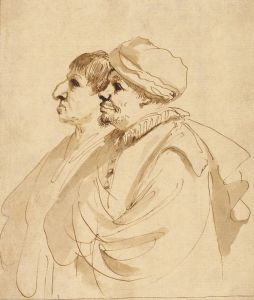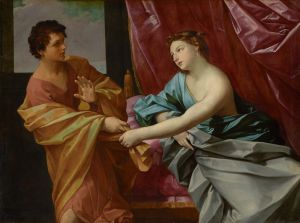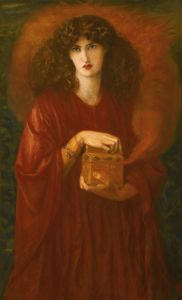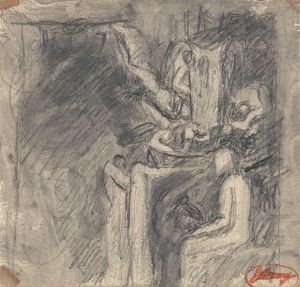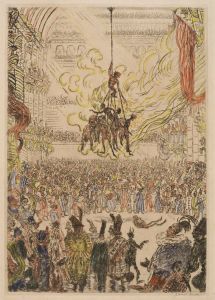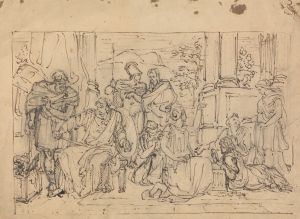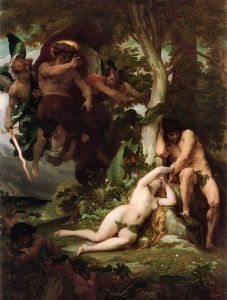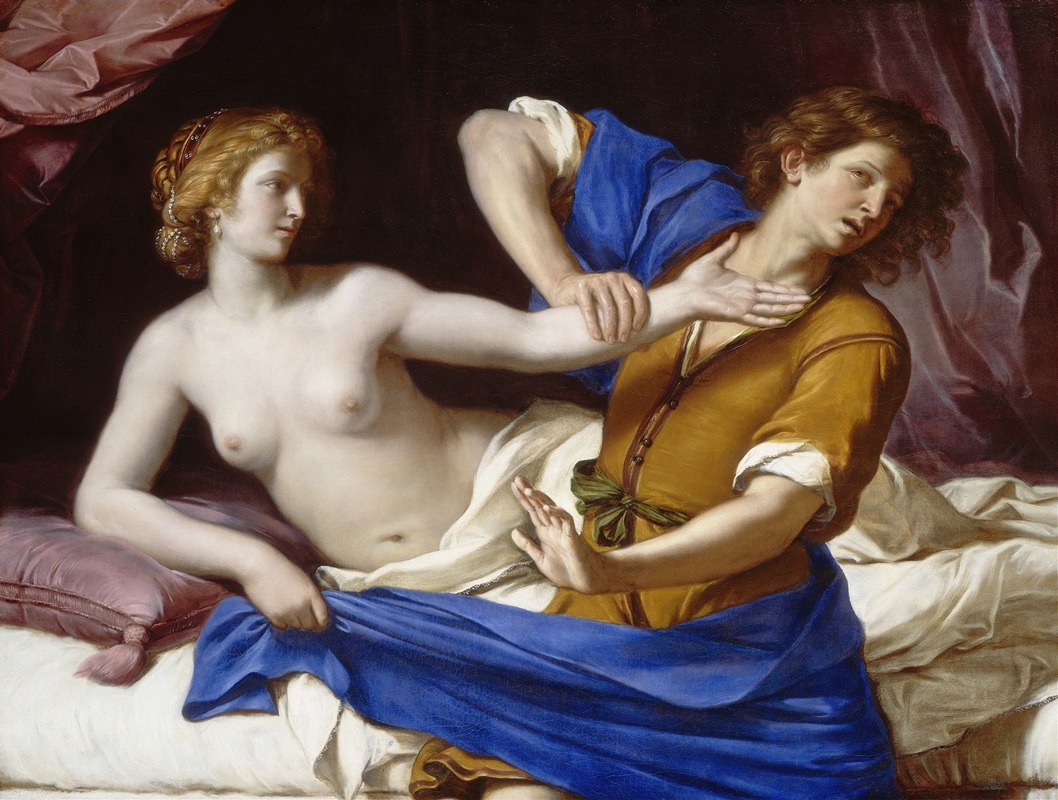
Joseph and Potiphar’s Wife
A hand-painted replica of Guercino’s masterpiece Joseph and Potiphar’s Wife, meticulously crafted by professional artists to capture the true essence of the original. Each piece is created with museum-quality canvas and rare mineral pigments, carefully painted by experienced artists with delicate brushstrokes and rich, layered colors to perfectly recreate the texture of the original artwork. Unlike machine-printed reproductions, this hand-painted version brings the painting to life, infused with the artist’s emotions and skill in every stroke. Whether for personal collection or home decoration, it instantly elevates the artistic atmosphere of any space.
Joseph and Potiphar’s Wife by Guercino
"Joseph and Potiphar’s Wife" is a painting created by the Italian Baroque artist Giovanni Francesco Barbieri, commonly known as Guercino. The artwork was completed in 1649 and is one of Guercino's notable works that exemplifies his mastery of dramatic composition and emotional intensity, hallmarks of the Baroque period.
The painting depicts a scene from the biblical story of Joseph, as recounted in the Book of Genesis (Genesis 39:7–20). In this narrative, Joseph, a servant in the household of Potiphar, an Egyptian officer, is pursued by Potiphar’s wife, who attempts to seduce him. Joseph resists her advances, demonstrating his virtue and loyalty to his master. In retaliation for his rejection, Potiphar’s wife falsely accuses Joseph of assault, leading to his imprisonment.
Guercino’s interpretation of this story captures the moment of Joseph’s resistance. The composition is dynamic, with Joseph shown pulling away from Potiphar’s wife, who clutches his cloak in an attempt to detain him. The figures are rendered with dramatic gestures and expressions, emphasizing the tension and emotional conflict of the scene. The use of chiaroscuro, a technique involving strong contrasts between light and dark, enhances the drama and focuses the viewer’s attention on the central action.
The painting is notable for its vivid depiction of human emotion and its ability to convey the moral themes of virtue and temptation. Guercino’s skillful use of color, light, and composition reflects his training and the influence of the Baroque style, which sought to engage viewers through dramatic and emotionally charged imagery.
"Joseph and Potiphar’s Wife" is housed in the National Gallery of Art in Washington, D.C., where it remains an important example of Guercino’s work and a significant representation of Baroque religious art. The painting continues to be studied and admired for its artistic and historical significance.





